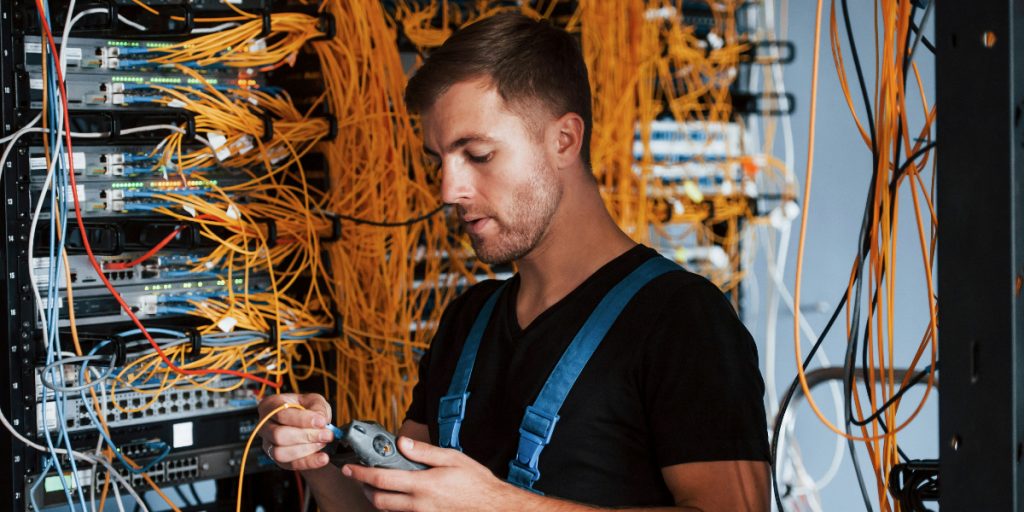Below, Justin Gregg shares five key insights from his new book, Humanish: What Talking to Your Cat or Naming Your Car Reveals About the Uniquely Human Need to Humanize.
Justin is an animal cognition researcher. He is a Senior Research Associate with the Dolphin Communication Project and an Adjunct Professor at St. Francis Xavier University.
What’s the big idea?
Humanish is about how anthropomorphism impacts our relationship with all living things from animals to other humans, as well as inanimate objects, AI, and even natural phenomena like hurricanes. Anthropomorphism often gets a bad wrap, but it is actually both fun and beneficial, as long as you’re aware of how and why it’s influencing your worldview.

1. Anthropomorphism is a cognitive bias that subconsciously influences behavior.
Human brains evolved a perceptual system that is wired to seek out the presence of other human minds. We are quick to spot the presence of human-like eyes and faces, human-like movement, and anything that resembles human language. All of those are indications that we’ve encountered another human being. And since human sociality is the key to our species’ success, this perceptual system is both powerful and sensitive.
However, it can easily be tricked by things like puppy dog eyes or kitten faces that resemble the faces of human babies, causing us to want to treat our pets with the same kind of moral consideration we’d give a fellow human. Or, if you slap a pair of eyes onto a Roomba or delivery robot, our brains trick us into interacting with these mindless robots in a way that we’d normally reserve for human-to-human interaction.
This is anthropomorphism, a cognitive bias that causes us to treat non-human things like fellow humans even though we know that they are not. It’s almost impossible not to feel the tug of anthropomorphism when interacting with a living being or object that moves and acts, talks, or otherwise looks human. Anthropomorphism lingers in our subconscious, silently guiding our behavior.
2. Anthropomorphism evolved to help us navigate the world more effectively.
You might think treating a non-human animal or object like a fellow human is a delusional, unhelpful behavior. And to be fair, scholars throughout history have labeled our tendency to anthropomorphize non-humans as a foolish mistake. But why, then, is anthropomorphism seen in all cultures throughout human history?
“We’ll never miss the chance that another creature that looks, acts, and talks like a human might, in fact, be another human.”
Anthropomorphism evolved as a method for human beings to easily spot the presence of fellow human beings; it makes us sensitive to the potential presence of another human mind. Since human cooperation is the key to our evolutionary success, anthropomorphism has been a boon for us. Sure, it gives a lot of false positives, but that ensures that we’ll never miss the chance that another creature that looks, acts, and talks like a human might, in fact, be another human. As far as cognitive biases go, it has served us well. Even if it makes us a bit weird in that we treat our pets like little fur babies.
3. Understanding anthropomorphism can improve your relationship with animals.
When we anthropomorphize our animals, does that harm either us or the non-human beings we are anthropomorphizing? It sure can. If we over-attribute human-like emotions and thoughts to our pets (assuming they have, for example, a capacity for revenge or deceit), then we might get angry with them—maybe even punish them. When using anthropomorphism, we often guess our pets’ thoughts wrong, leading to unfair treatment.
This certainly happens frequently, but on balance, it appears that treating our pets like little humans is generally beneficial to our pets and ourselves. They receive more pampering than they really need or possibly want, but it’s often a net positive for everyone involved. The key is asking ourselves if anthropomorphism is tricking us into treating them in a human-like way that is harming them. If there’s no harm, it is perfectly alright to let anthropomorphism wash over you and enjoy the benefit that it brings to both you and your pet.
4. Anthropomorphism is fun.
There’s an argument to be made that our tendency to anthropomorphize non-living things like our cars or musical instruments is, in fact, a behavior that was shaped by natural selection to increase our fitness.
It’s so easy for us to get swept up in treating objects like a fellow human. Many people name their cars and spend an awful lot of time washing them, buffing them, and making sure they are in good condition. This is at least partly driven by the fact that anthropomorphism generates a parasocial relationship with objects.
“It’s entirely possible that our capacity for anthropomorphism helped our ancestors care for their tools.”
The benefit to us for doing this is that our tools will last longer and in better shape because we feel obligated to care for them. This won’t be the case for objects that we don’t feel any anthropomorphism toward. It’s entirely possible that our capacity for anthropomorphism helped our ancestors care for their tools, which is one of the reasons our species became so successful.
5. Marketers and propagandists use anthropomorphism to manipulate you.
Marketers and product designers are aware that humans are drawn toward objects that have human-like characteristics. That’s why the Coke bottle, which was famously designed to resemble the female form and nicknamed the Mae West bottle, has been helping Coca-Cola sell soda for over 100 years. Marketing campaigns and cleverly designed products often take advantage of anthropomorphism’s grip on our minds, generating positive associations with products or brands that are given human-like qualities.
Politicians and propagandists are also aware of the power of anthropomorphism, using cute animals in their political advertising. Think of the sheer number of political leaders throughout history who have been photographed alongside their adorable pets?
“Humans are drawn toward objects that have human-like characteristics.”
And anthropomorphism has an evil twin: dehumanization, which is the ability to ignore the human-like qualities of our fellow humans, making it easier for us to harm them in times of conflict. As easy as it is for us to anthropomorphize animals and treat them like humans, it’s even easier for us to dehumanize fellow humans and treat them more like animals or objects. In this sense, both anthropomorphism and dehumanization have been part and parcel of the advertising and political propaganda worlds for many an age.
Now that you know how anthropomorphism can be used against you, it’s easier to both notice and resist this cognitive bias that makes you want to either buy adorable-looking furniture or treat your foreign-looking neighbor ever-so-slightly less well than you otherwise should.
Enjoy our full library of Book Bites—read by the authors!—in the Next Big Idea App:
































